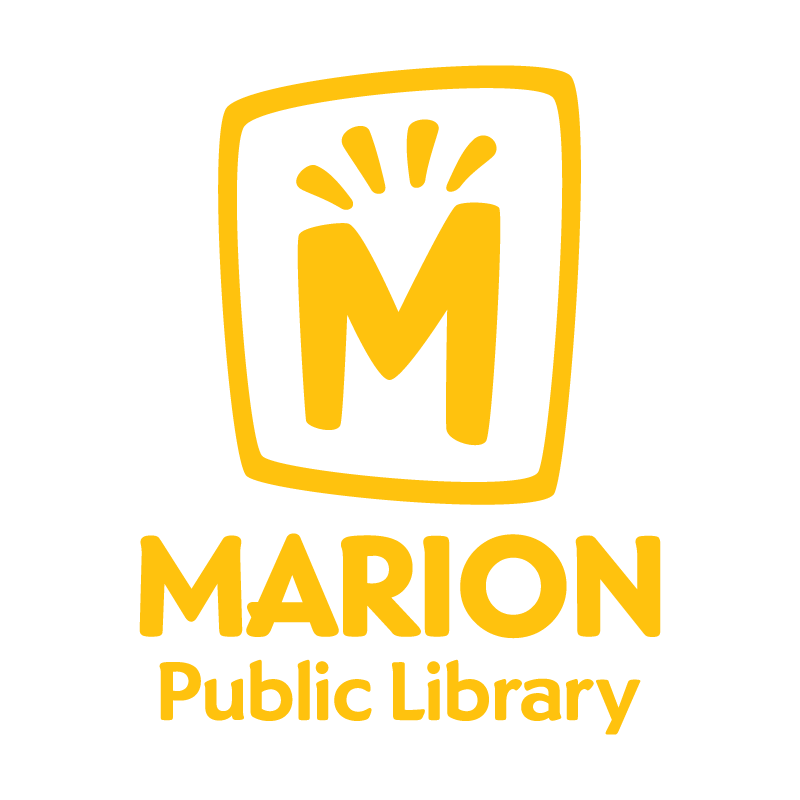This is technically a biography on Abraham Lincoln, but shines a light on his more “human” struggles and how they made him a great leader.
Monday
Tuesday
Wednesday
Thursday
Friday
Saturday
Sunday
9 a.m. – 8 p.m.
9 a.m. – 8 p.m.
9 a.m. – 8 p.m.
9 a.m. – 8 p.m.
9 a.m. – 5 p.m.
9 a.m. – 5 p.m.
1 p.m. – 5 p.m.
Our Mission:
Be the spark that lights the way for imagination, growth, and education in our community.

1101 6th Avenue
Marion, IA 52302
319-377-3412
Monday: 9 a.m. – 8 p.m.
Tuesday: 9 a.m. – 8 p.m.
Wednesday: 9 a.m. – 8 p.m.
Thursday: 9 a.m. – 8 p.m.
Friday: 9 a.m. – 5 p.m.
Saturday: 9 a.m. – 5 p.m.
Sunday: 1 p.m. – 5 p.m.
On Monday, July 4th, we will be CLOSED in observance of Independence Day.